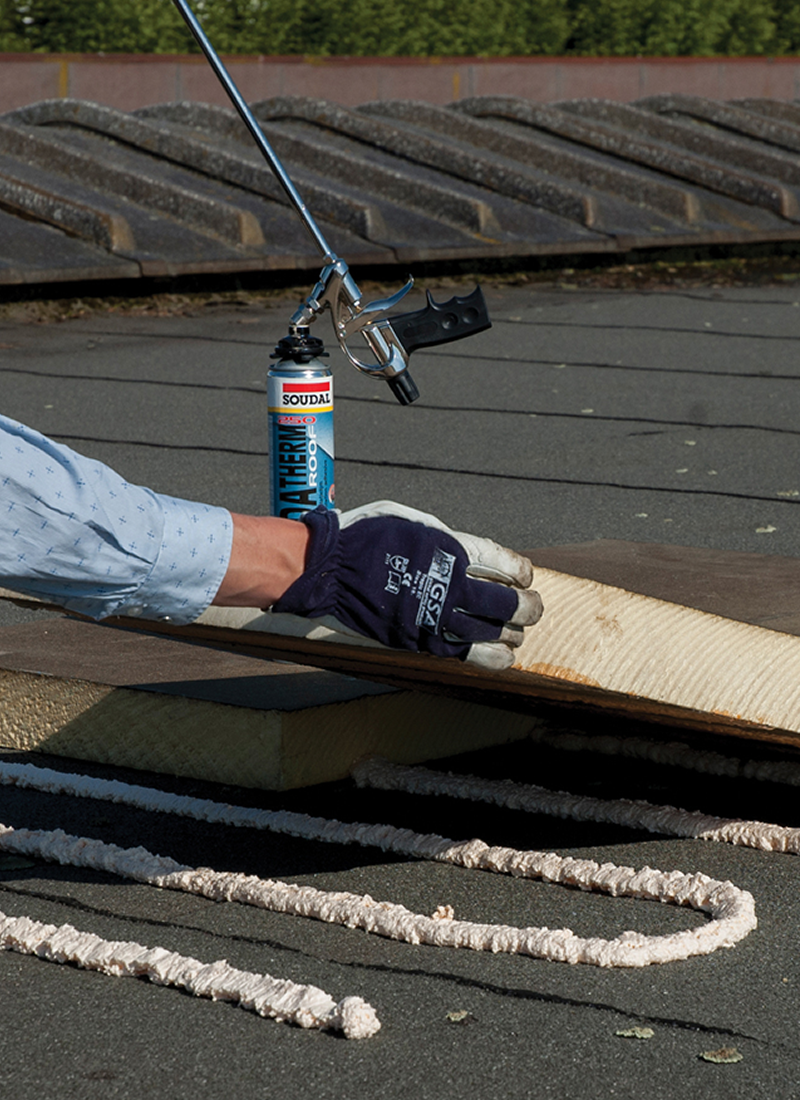Flat Roof Insulation
HOW DOES FLAT ROOF INSULATION WORK?
In definition a flat roof is any roof with a pitch of less than 10 degrees and is very easily identified on the basis that in view it is horizontal.
Flat Roof Insulation is perfect for houses that do not have a loft or conventional roof space, also applicable to a rood that is pitched (slightly sloped to avoid rain water collecting). Flat Roof Insulation differs as the insulating material is placed on the top of the roof, rather than in between the ceiling and decking, making it a common improvement when roof coverings are being replaced entirely.
Insulating your Flat Roof has many benefits including lowering your energy bills by £100’s each year, regulating the temperature of your property and allowing you to quickly warm rooms as less heat escapes. A side-benefit is also an increased lifespan of your roof as the right level of protection will also strengthen roof structure.
DID YOU KNOW?
A flat roof property in its very design is flawed and susceptible to heat loss and a prone to leaking causing deterioration in the materials of the roof itself.













